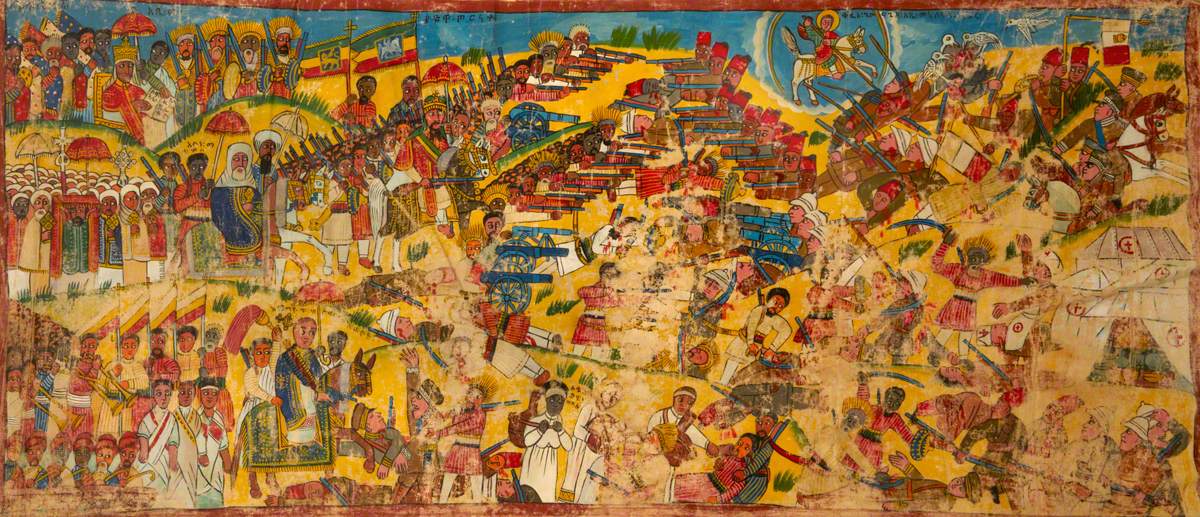
During the 1400s, the Ottomans introduced the devşirme (“The Collection”) as a way to staff the army & bureaucracy. Teaching the devşirme can be complicated, but we have a few resources. There is one well known painting of the collection.
#teachhistoryvisually #whapchat
/1
#teachhistoryvisually #whapchat
/1

The Ottomans introduced this practice right after they began conquering the predominantly Christian Balkans
/2
/2

If you want to know more about these resources and how to use them in the classroom, check out Liberating Narratives
liberatingnarratives.com/lads-for-the-j…
/4
liberatingnarratives.com/lads-for-the-j…
/4
I hope you've found this thread helpful.
Thanks for reading 🙏
Follow me @LiberatingNarrs and @bramhubbell for more.
Like/Retweet the first tweet below if you can:
/5
Thanks for reading 🙏
Follow me @LiberatingNarrs and @bramhubbell for more.
Like/Retweet the first tweet below if you can:
/5
https://twitter.com/LiberatingNarrs/status/1637076424791298048
• • •
Missing some Tweet in this thread? You can try to
force a refresh
















